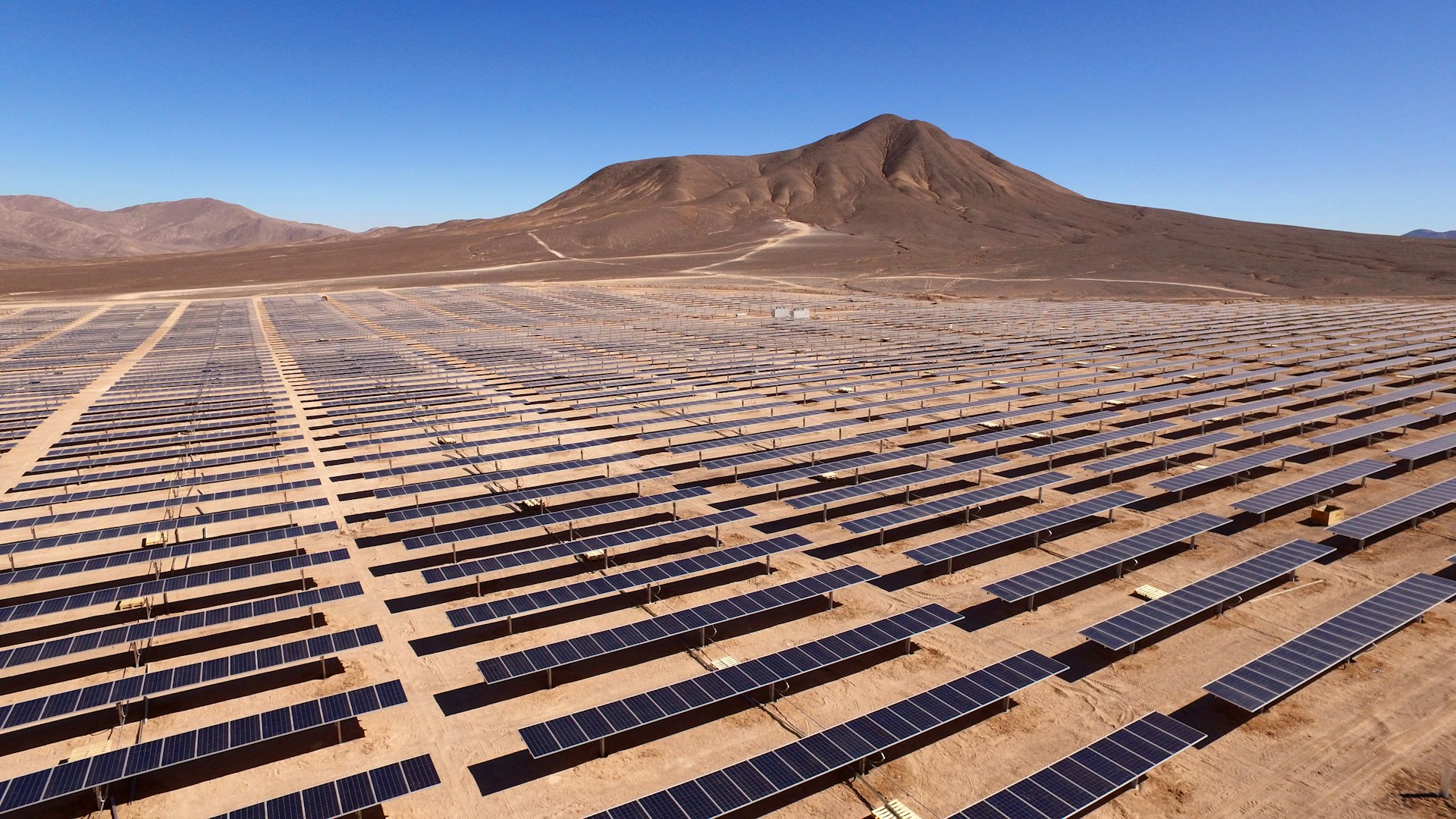Solar cells have long been lauded for their potential to harness renewable energy, but one challenge has remained persistent: heat. Solar panels do lose efficiency when they heat up buckling under the intensity of full sunlight. Now, following Professor Kasper Moth-Poulsen of the Polytechnic University of Catalunya taking on issue with a molecular solar thermal energy storage system, known as MOST to cool and store energy at the same time.
The key lies in a photoswitching molecule embedded within the system. This molecule absorbs excess energy from sunlight, preventing it from converting into waste heat, which typically hampers solar cell performance. In doing so, it manages to improve overall efficiency. As Professor Moth-Poulsen notes,
“It becomes a synergy. The same photoswitching that absorbs energy and keeps the solar cell cool also stores energy, making the hybrid system a dual-purpose solution”
According to trials, integrating this molecular layer pushed conventional silicon solar cell efficiencies to 14.7%, making it a promising way to bump up photovoltaic performance in comparison to conventional silicon solar cells which have efficiencies of up to 12%.
Grace Han, a chemist at Brandeis University in the US who specialises in similar systems, commented on the breakthrough, saying it
“showcases the potential of Most systems as more than just a compelling fundamental concept,”
adding that it
“demonstrates how innovative organic materials can be incorporated into incumbent solar technologies to extend the capabilities of solar energy harvesting”
Meanwhile, Columbia University’s Electrochemical Energy Center (CEEC) has also been actively pursuing related avenues. Their researchers are developing energy storage technologies that could be scaled from small coin-sized batteries to larger systems capable of providing stable power even when sunlight or wind is in short supply. This technology could provide a stable and reliable power supply from renewable sources, even during times of low sun or wind.
Looking ahead, Professor Moth-Poulsen’s team is optimistic about the commercial potential of the technology. He stated,
“The future vision of this is that you can take a solar cell, photovoltaic, and then you could retrofit the Most system,”
explaining that it could be an easily adaptable addition to existing solar infrastructures.
Taken together, these innovations suggest that the integration of photoswitching molecules could be a game-changer for renewable energy storage, opening the door for more versatile and efficient solar technologies that are no longer hampered by overheating issues. Still there’s work to be done to make these systems more fine tuned and scaled for mainstream use, but the coupling of photovoltaic technology to molecular energy storage offers a path forward for a new generation of solar cell that may reshape the industry’s approach to energy loss management.

Hassan graduated with a Master’s degree in Chemical Engineering from the University of Chester (UK). He currently works as a design engineering consultant for one of the largest engineering firms in the world along with being an associate member of the Institute of Chemical Engineers (IChemE).



